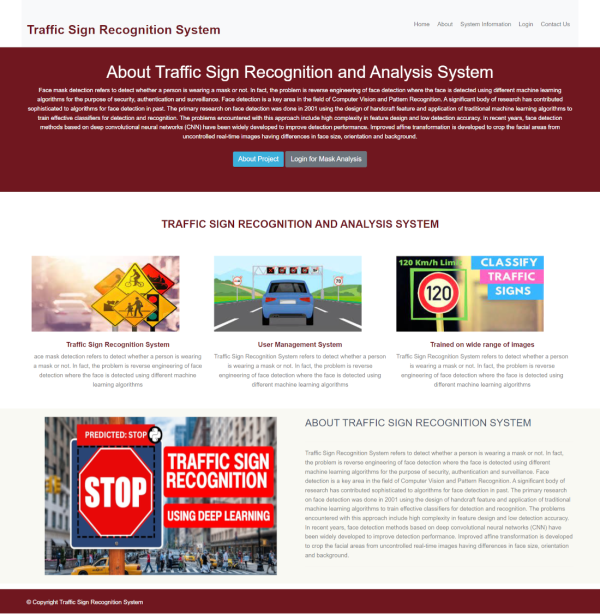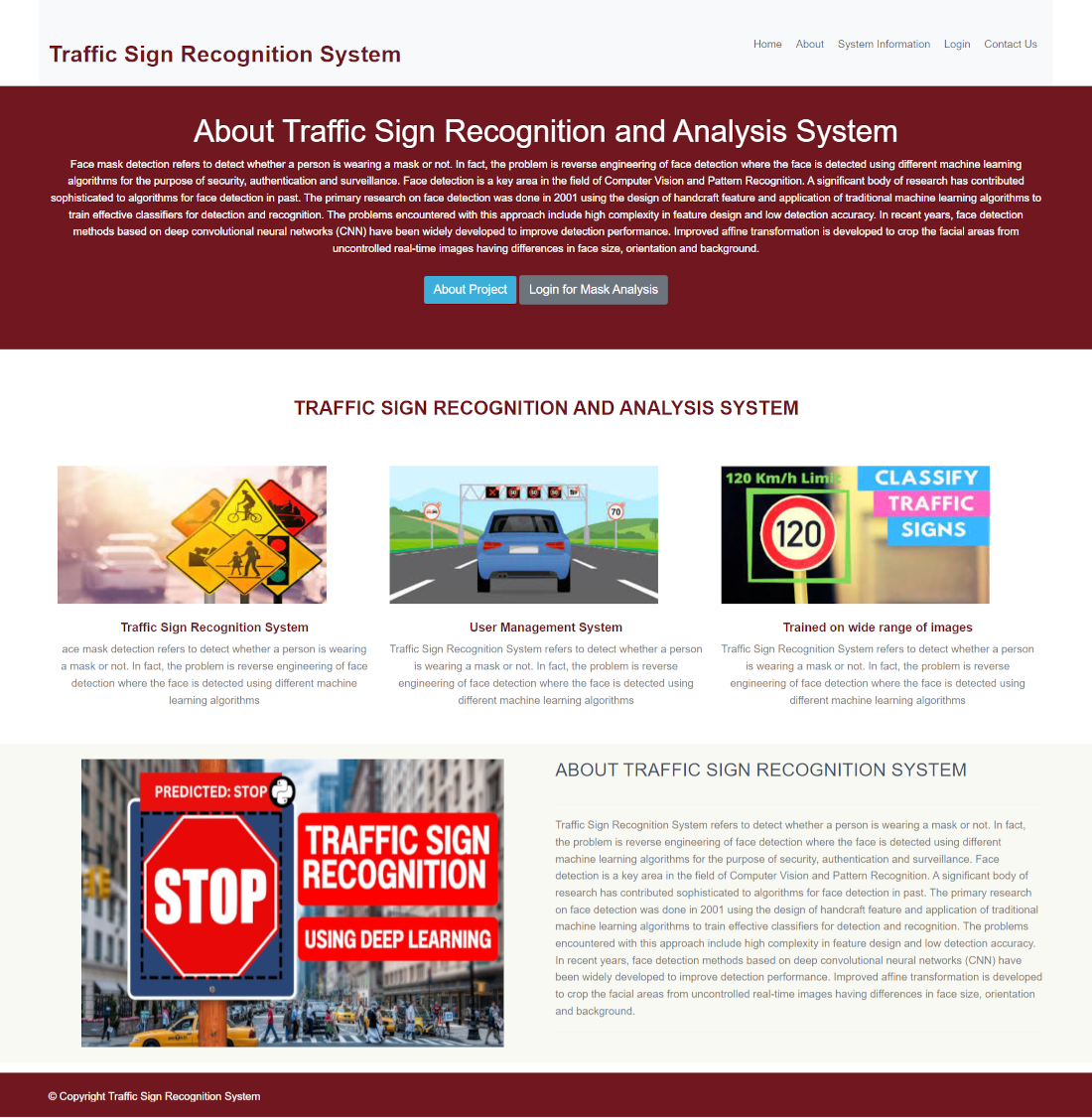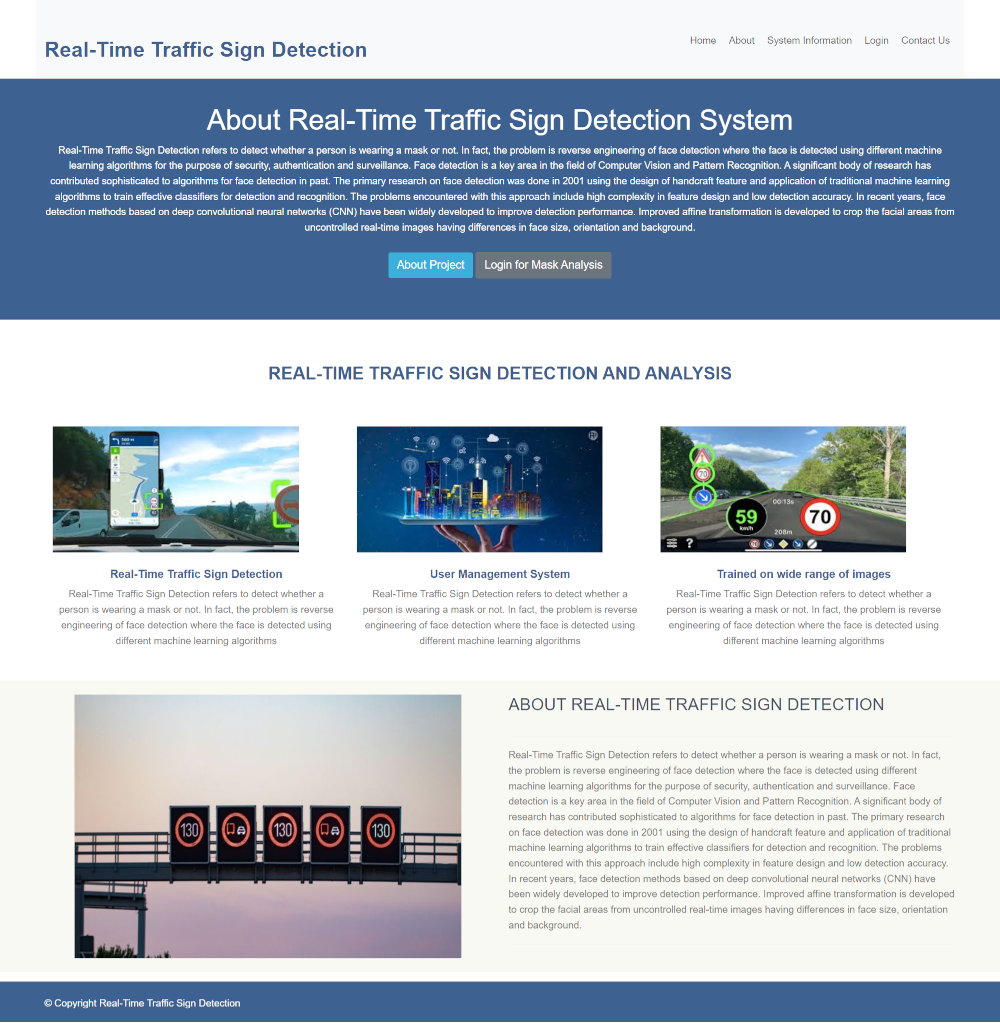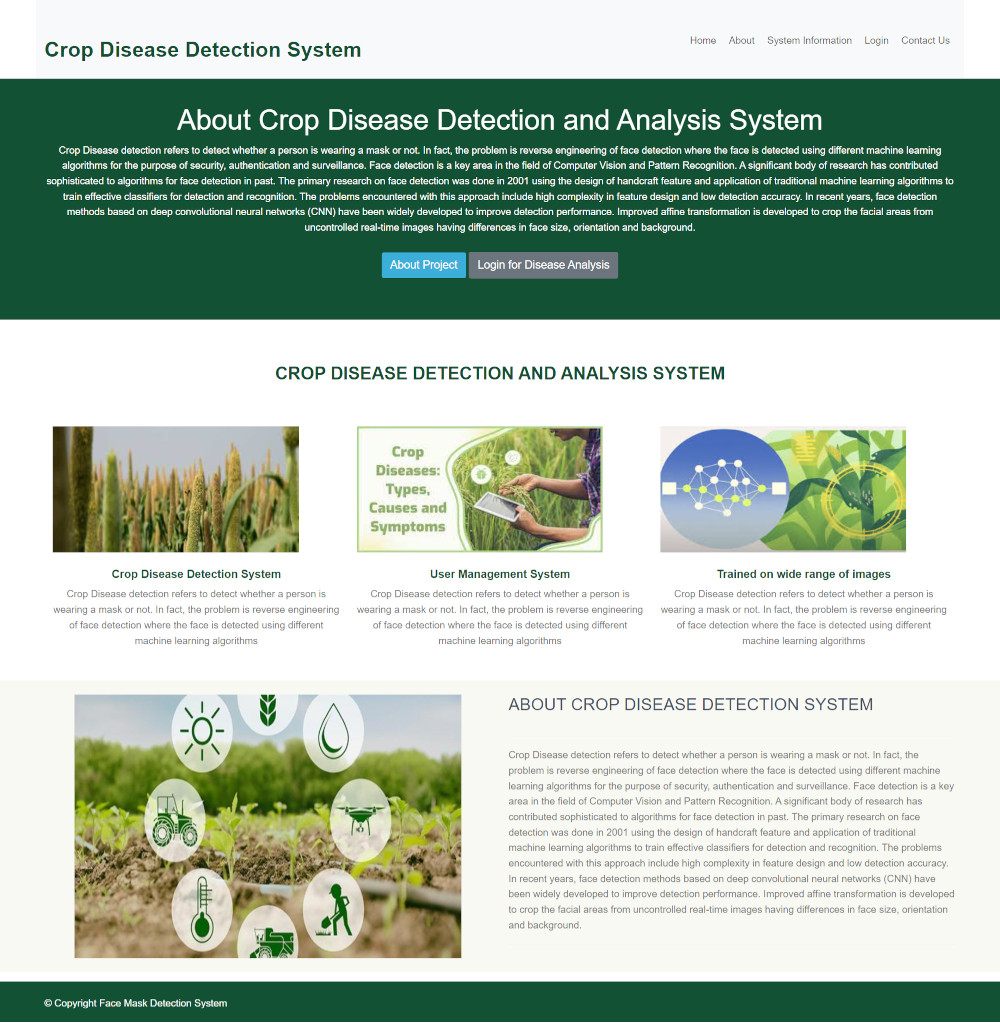Description
Developing a Traffic Sign Recognition System
Utilizing Python Machine Learning for Traffic Sign Recognition is essential in the realm of autonomous driving technology. By leveraging Python, OpenCV, and the YOLO (You Only Look Once) package, one can create a robust system that accurately detects and identifies various traffic signs. This article explores the integration of these technologies to build an efficient traffic sign recognition system. AI Project for Traffic Sign Recognition involves the task of computer vision, which includes recognizing and classifying traffic signs in images or video streams. This technology enhances the safety and efficiency of self-driving vehicles by enabling them to quickly interpret and respond to road signs. Python is a powerful programming language widely used in machine learning and computer vision applications. Its extensive libraries and user-friendly interface make it an ideal choice for developing a traffic sign recognition system. OpenCV, or Open Source Computer Vision Library, is a freely available toolkit that provides a variety of tools for image processing and computer vision tasks. OpenCV facilitates image preprocessing, applying filters, and performing operations like edge detection and contour finding, all of which are crucial for identifying traffic signs.
YOLO (You Only Look Once) is a state-of-the-art object detection algorithm known for its high speed and accuracy. This system performs real-time image processing and can detect multiple objects, including traffic signs, in a single pass. By combining the YOLO algorithm with the OpenCV library, one can achieve efficient and precise traffic sign identification. Developing a traffic sign recognition system using Python, OpenCV, and YOLO is a rewarding project that combines the capabilities of computer vision and machine learning. By following the guidelines outlined in this article, you can create a reliable framework that enhances the safety and efficiency of autonomous driving.





































